We descended the steep trail from the parking lot into the Barron River valley and came into a grove of pine trees with waist-thick trunks; their roots fanned out more than 20′ and intertwined above the shallow soil. At the river’s edge was a clearing carpeted in russet pine needles. The banks were lined with rounded barrel-sized boulders, and rocks just below the surface of the water had a copper-colored glow. Where the 50′-wide river was deepest it ran black. After carrying the canoes down from the long, steep path from the Brigham Lake parking lot, Phil and Rob paused for a rest before launching onto the Barron River. Two paddlers who preceded us are just getting underway.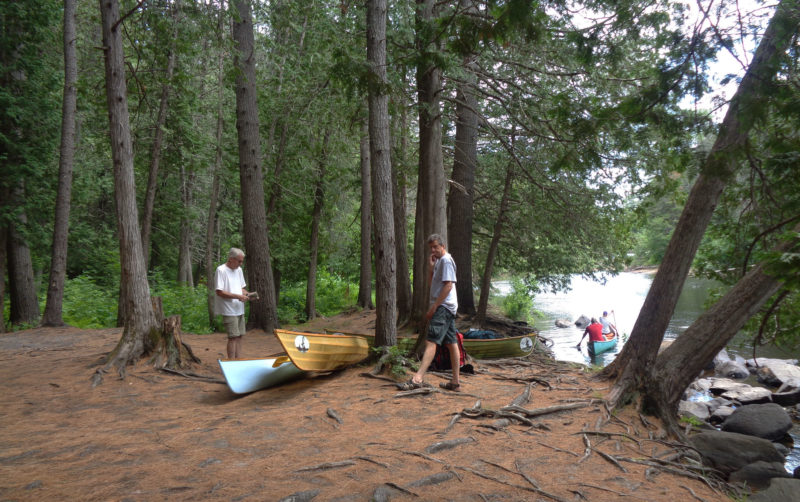 Photographs by the author
Photographs by the author
Join The Conversation
We welcome your comments about this article. If you’d like to include a photo or a video with your comment, please email the file or link.
Comments (3)
Leave a Reply
Stay On Course

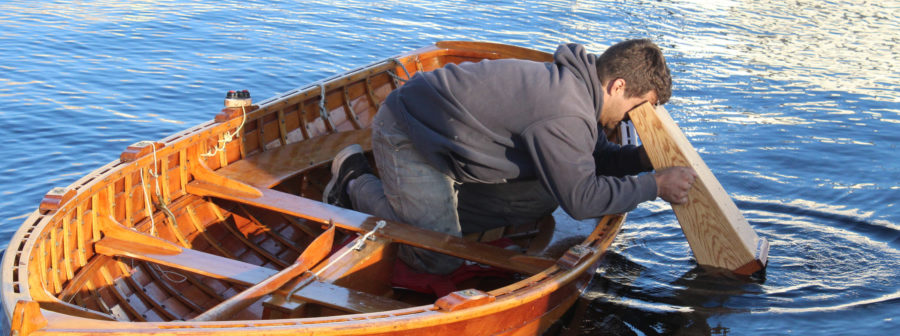
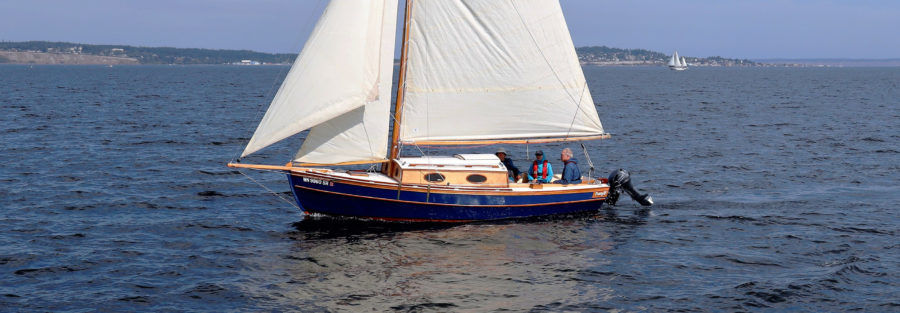
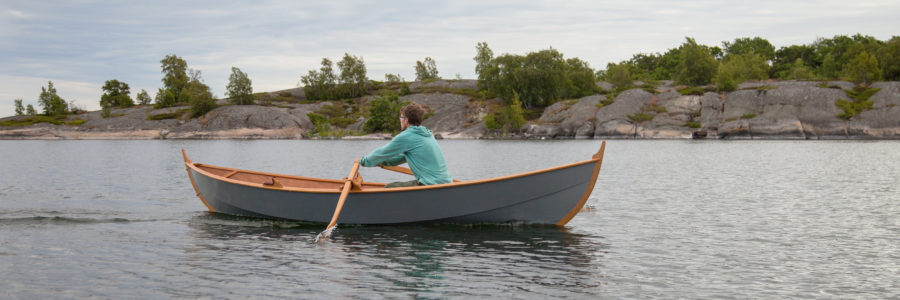
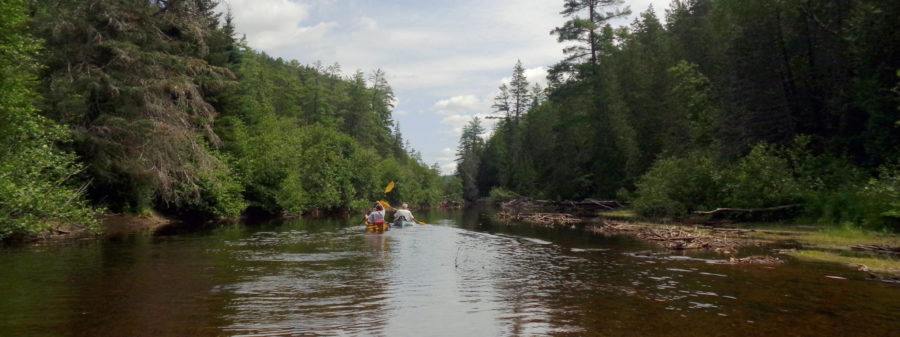
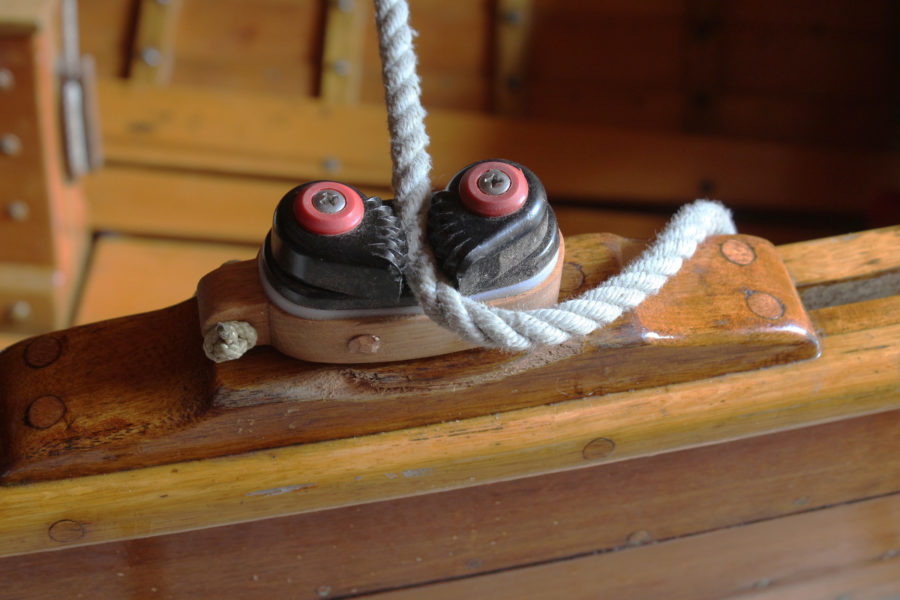
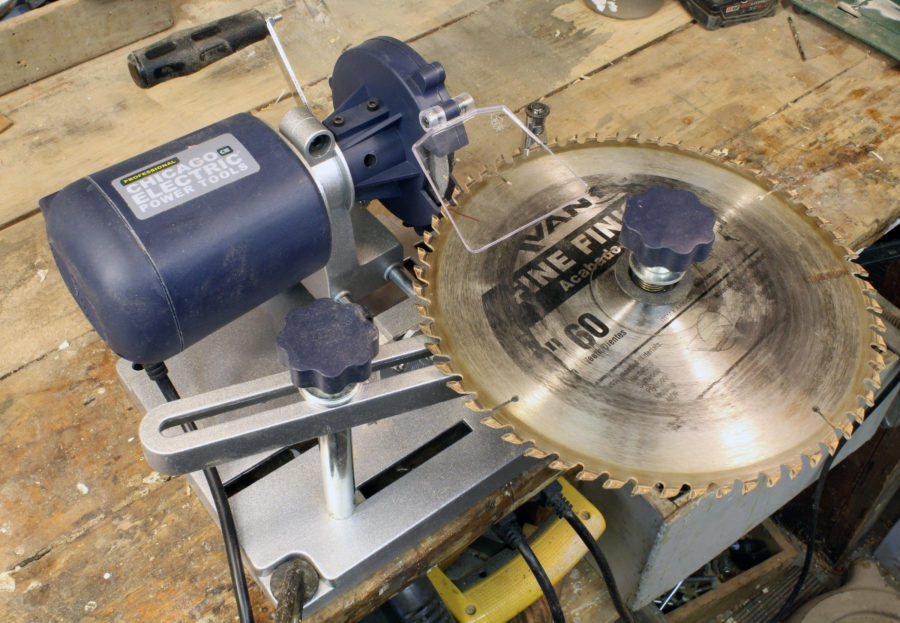
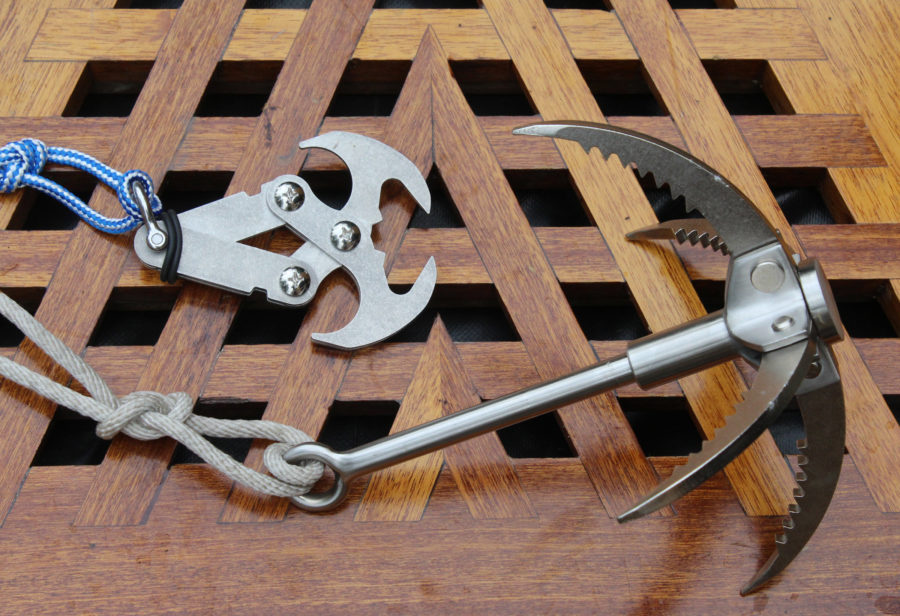

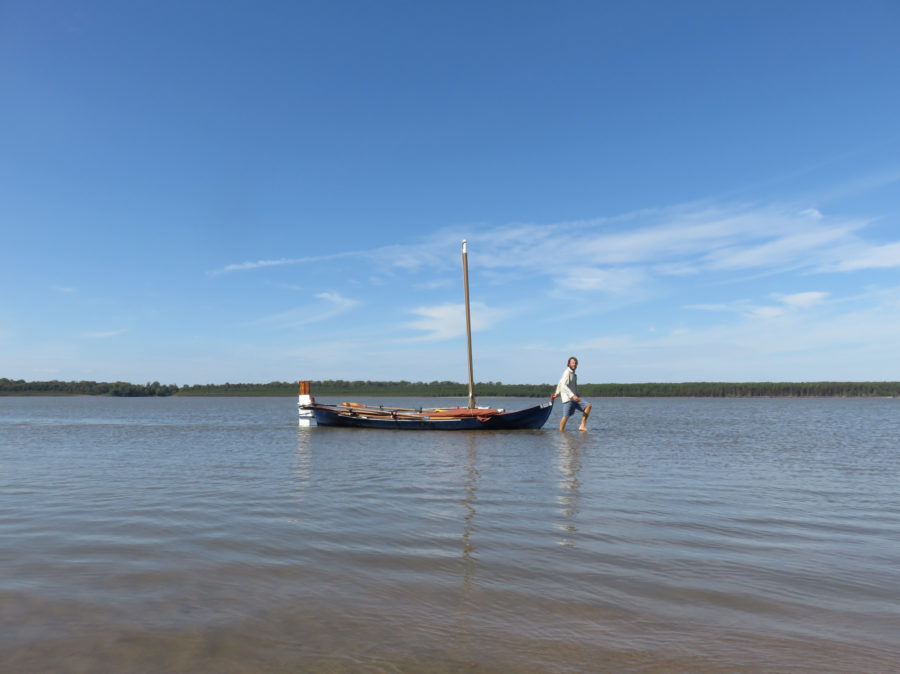
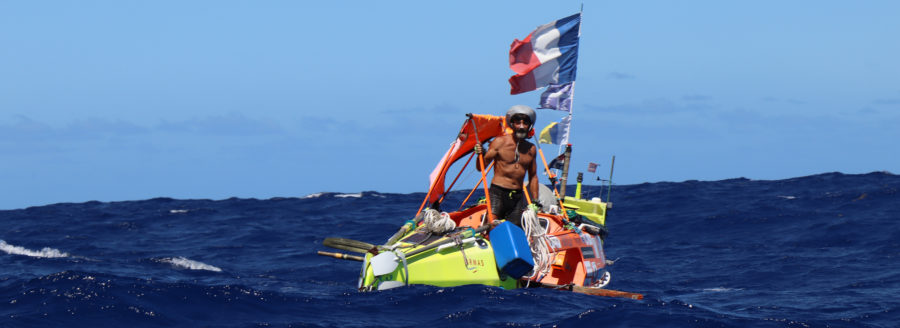
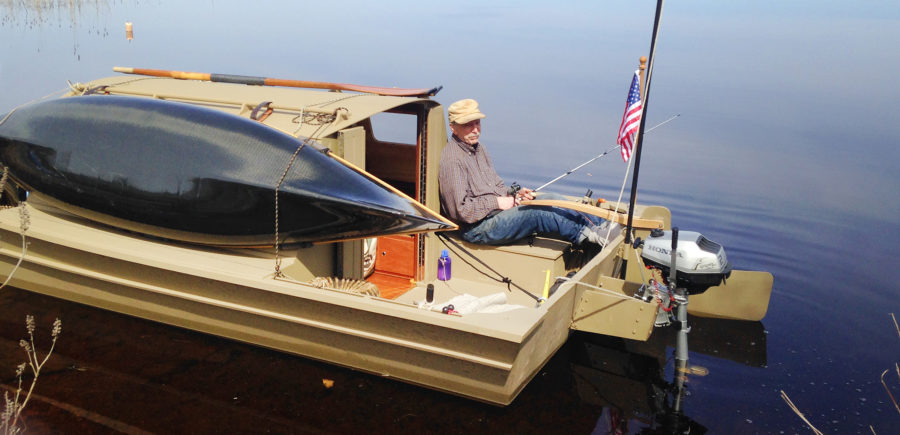
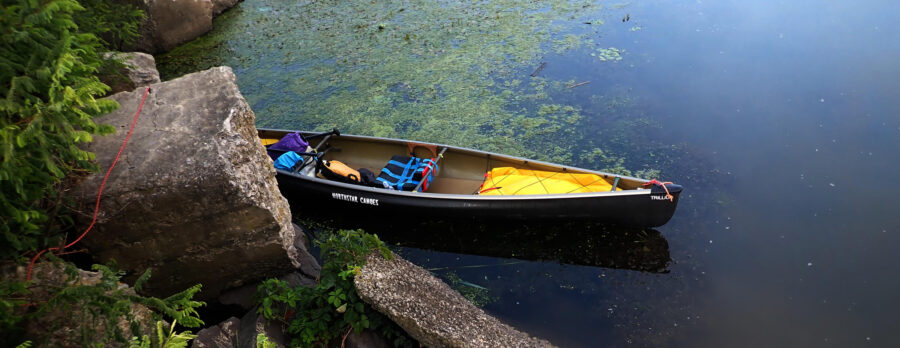
Wonderful memories come back. Living now in Australia; watching this makes me homesick!
In my younger years, I made two trips to the park, and both make up some of my most memorable adventures—alone with a few friends, open nature, meeting a moose feeding in a slow river, cliffs and rapids, but also ‘sailing’ in a canoe down long lakes, and super-clear night skies. (OK, forgetting any cooking oil and frying fresh fish in peanut butter was less magnificat, but still memorable.) There are many great loops, and it sounds like you can still be alone, which is so rare these days.
Hi Leo and Grant,
I am fortunate to live within a few hours of this fantastic park. We sometimes take it for granted until we meet canoe trippers from all over the world who make a point of traveling to Canada to go on a trip into Algonquin Provincial Park.